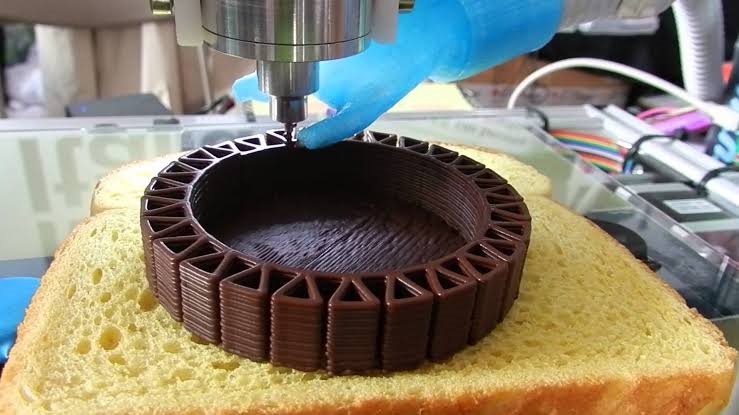With the world becoming ever more crowded with the drastic increase in population, the current practices of production and consumption of food and beverages are not sustainable. We need a momentous shift in consumption practices towards sustainability if an estimated 9.7 Billion people are to inhabit earth by 2050.
Regardless of the industry, we can all agree that a discard rate of 30% of all end products is inefficient [verifiable source for the 30% figure??]. This is precisely what is happening with the food and beverage industry. Besides, two-thirds of solid waste from packaging is from food and beverage packaging. The current packaging methods are inefficient when environmental costs are factored in, and the system is plagued by the lack of recycling and responsible use. These problems need to be solved by businesses if they are to succeed in a world that is witnessing a tectonic shift towards sustainability.
Let’s look at some positive trends in the F&B sector that merit our attention:
F&B businesses are innovating to make sustainability a reality
- Corrective action targeted at the root of the problem. Many companies such as Heineken and Unilever have agreed to sustainably source raw materials by 2020. Such definitive goals generally display tangible and measurable results.
- Coca Cola has invested in research and development to produce a 30% plant-based plastic bottle rather than traditional fossil-fuel packaging. Plastic bottles being the primary pollutant in water bodies must be eliminated urgently.
- Corporates willing to integrate Sustainability as part of core processes and daily responsibilities instead of treating it as a standalone program, have demonstrated real progress.
- Procurement and transportation of food and beverage when automated can lead to reduction of fuel consumption. Ginsberg’s Foods, for example, which uses a transportation management system for dynamic routing of its trucks used for delivery and procurement was able to reduce its miles driven by up to 6.7%.
Image source: 123rf - The F&B industry which utilizes the largest share of warehouse spacing is moving towards sustainability. An example would be replacing conventional lighting technology with LEDs, and combining that with motion sensing technology in large warehouses. Yusen Logistics was able to reduce its power consumption by up to 60% at many of its warehouses.
- Similarly, cold storages, which are primarily contracted by food and beverage companies, are spending more on insulating their facilities as they are being heavily regulated and penalised for increasing energy consumption. Americold Logistics has gone one step further by installing fast-closing doors in order to maintain storage temperatures much more efficiently.
Doing your part as a consumer for a better tomorrow
- You, as a consumer, can play a huge part in ensuring sustainability in food and beverage consumption. Consumer eating habits must shift towards a more plant-based and fresh food diet. More locally sourced food must be consumed to reduce transportation and packaging to a minimum.
Using Technology to meet sustainability goals
- Nerd farming, despite its not-so-flattering connotation must be one of the most efficient ways to ensure sustainability. These are farming methods that integrate cutting edge technology with agriculture. Like high-density indoor farming, which has sensor-controlled hydrophobic and aeroponic agriculture systems that have been pioneered by the Open Agriculture Initiative.

Image source: Youtube - Food fabrication, robotics-based food manufacturing techniques could possibly be scaled up to make them mainstream. 3D food printing and digital gastronomy techniques have made it possible to completely customize food products. Meat as a product, has been artificially grown in the lab. With successful scaling this would lead to the reduction of deforestation and greenhouse gases which are primarily related to the meat industry. The company Beyond Meat is an example of innovation in this space.
- The hunt for high-calorie and nutrition-dense low environmental impact food has led to the development of edible insects. They contain high-quality protein, vitamins and amino acids while having a minuscule impact on the environment. Entocube and Bugsolutely are a few of the companies that are leading the front. Algae Factory is working on a similar alternate source of food by turning microalgae into appealing and sustainable food.
A pragmatic approach would require that all of these innovations combine collectively to yield scalable and positive solutions to sustainability.